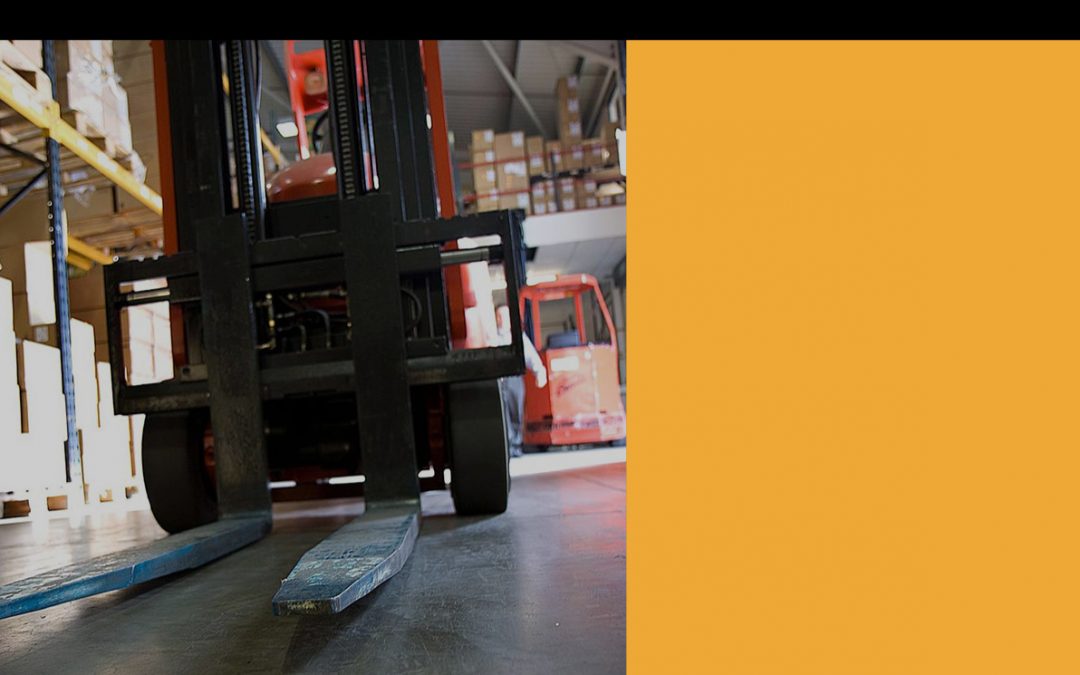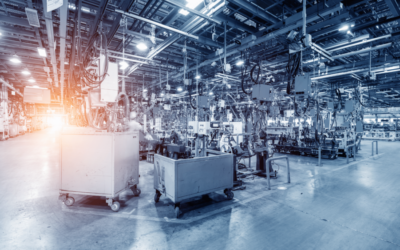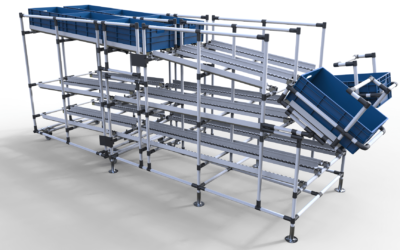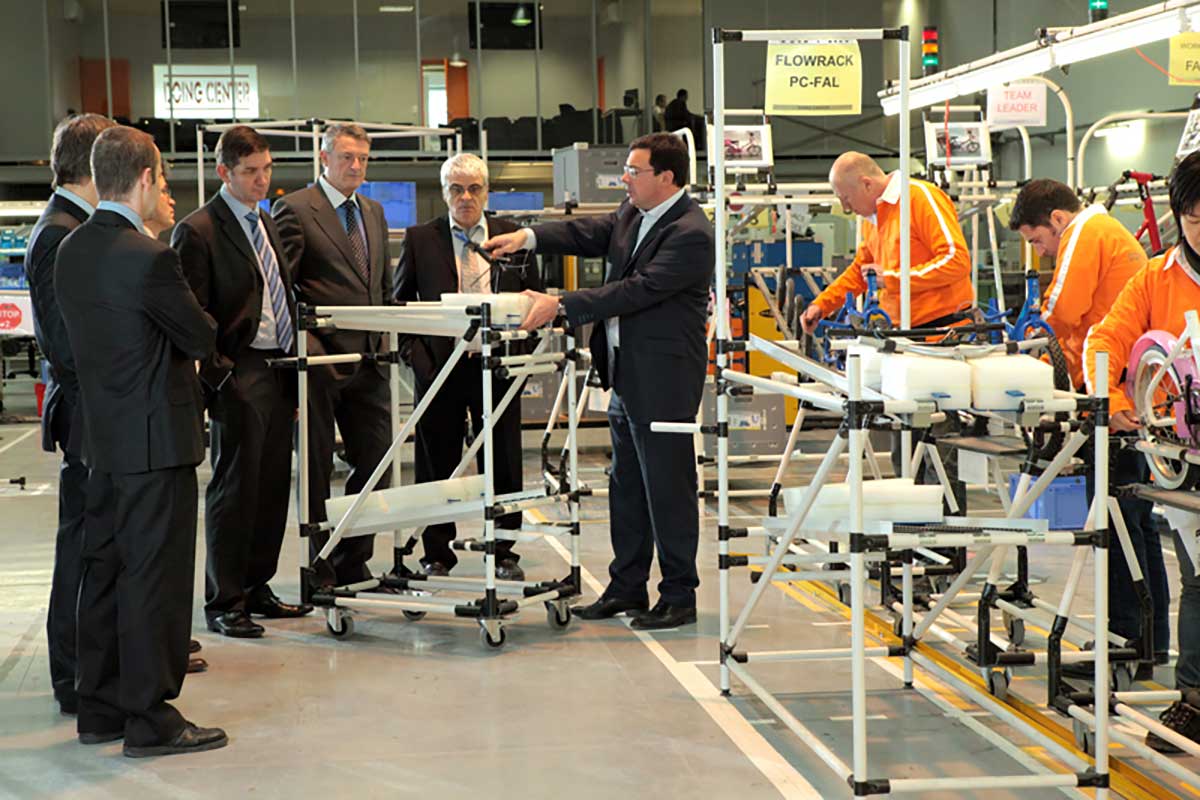Eliminate fork lifts from all work and walk areas.
Fork lift elimination from personnel zones should be the priority goal shared by leadership, health-safety-environment (HSE), and materials management – this applies to all industries, but manufacturing, production, logistics, and distribution especially.
This statement seems ridiculous – it’s 2017 and we’re talking about fork lifts in work areas? How can we still be talking about not driving a fork lift next to someone’s work space when every other news article you read is about robots stealing jobs, drone parcel delivery, or lights out automated warehouses?
Spend some time in places where work is being done and you wouldn’t be surprised at all.
There are three driving factors to the continued presence of fork lifts / fork trucks in industry:
- Fork lifts do have a purpose, and can be the right tool for the right job. The challenge is to use them only for that. The right application for a fork lift is primarily vertical movement with minimal horizontal movement. Moving things between trucks and pallet racking at a dock? Right equipment, right purpose. Moving things between a warehouse and the production floor? Wrong equipment, wrong purpose. Just because a tool can do something doesn’t mean it should.
- Fork lifts are everywhere. Essentially every company engaged in logistics, distribution, manufacturing, and production uses forklifts. Available data illustrates the size and scope of the fork lift industry – global revenue of $16B in 2016, sales volume of 1M units in 2014.
- The status quo is easy, and there are challenges to change. For companies that already use forklifts, when they expand the question is how many fork lifts they need and whether they should lease or buy, not whether they should buy them at all. It takes leadership and critical thinking to mandate change, and even with that mandate it takes continued pressure to work through the problems that change creates. Although replacements for forklifts are available, they are not without their own issues – tug vehicles are often sold by fork lift companies, AGC/AGV robots are more expensive and require time to implement, and higher capability robots are still working out the kinks.
Next time you’re on the floor in your warehouse, factory, or plant – stand at an aisle and count how many fork lifts you see driving around. The answer will probably surprise you. Ask the question – why do we have them doing a job they are not made for? Would you accept that from any other piece of equipment in your plant?
Part 2 of this series will dig deeper into the why and how of going fork lift free.



